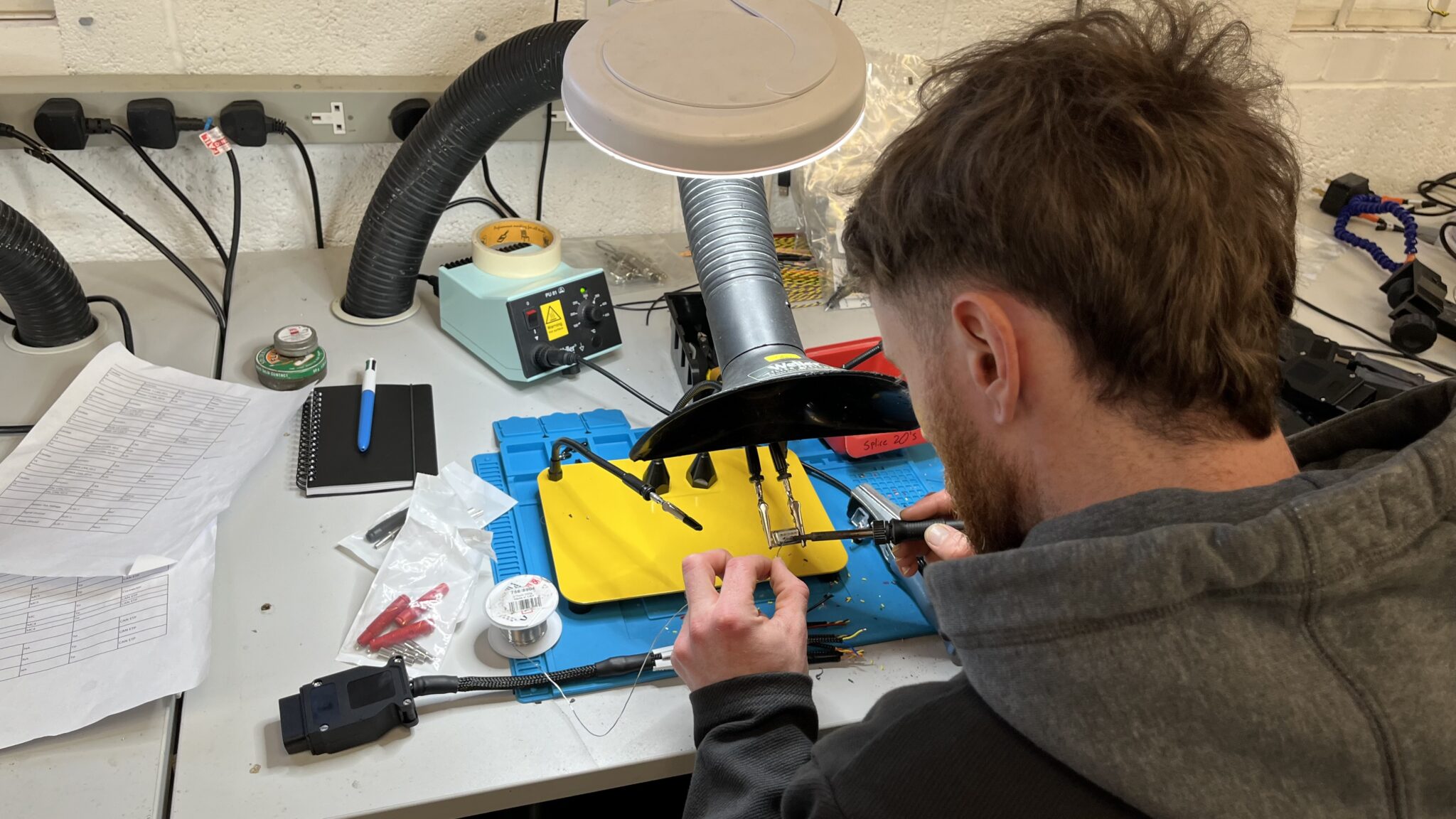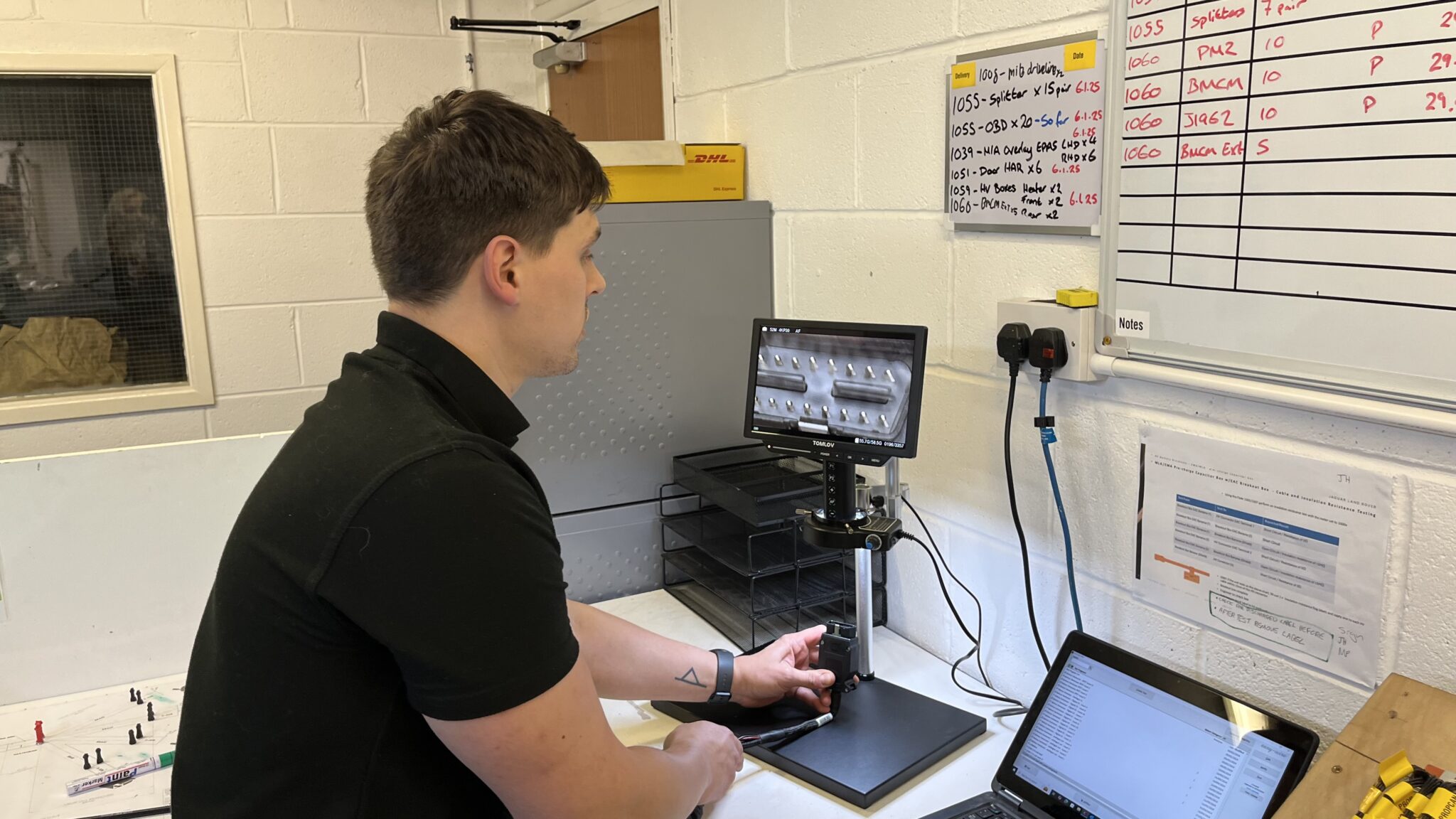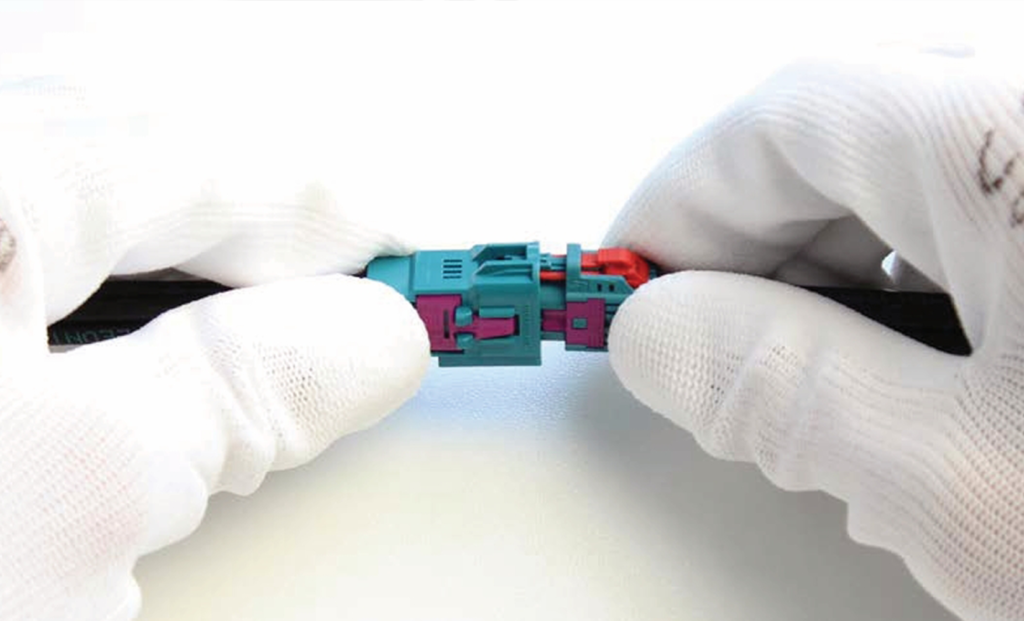IIn today’s industrial landscape, many systems continue to rely on hardware that has long been discontinued by the original manufacturer. Control units, connectors, wiring assemblies, and embedded modules are still in service across critical fleets, yet replacement options are limited, diagnostics are unavailable, and costs for one-off substitutes can be excessive. This is where reverse engineering becomes not just useful, but necessary.
At Hadfield Services, we support engineering teams by rebuilding essential components that are no longer available. Our approach is hands-on, precise, and rooted in understanding the real-world environments these systems operate in. Whether it’s a legacy wiring harness, a control module with obsolete connectors, or a full electronics unit, we begin by physically assessing the component, disassembling it, and mapping its structure. This includes mechanical, electrical, and firmware elements where applicable.
Integrating Compliance, Diagnostics and Engineering Standards
Reverse engineering is not simply about getting something working again. It also needs to meet today’s safety, reliability and compliance expectations. Many legacy units were built without clear diagnostic layers or resilience against electrical failure. Our engineers take the opportunity to improve those areas, integrating remote fault logging, signal protection features, and embedded diagnostics during the rebuild process. This enables faster fault tracing, better monitoring in the field, and smoother system-level integration once the unit is returned to service. Where required, we align our processes with sector-specific compliance frameworks to ensure each module is fit for regulated use.
Reverse engineering in our workshop is supported by a step-by-step process. We use X-ray imaging and high-magnification inspection to trace internal PCB layouts and component placement. Our team then carries out dimensional capture and physical metrication to identify each component’s role within the larger assembly. If the original part includes embedded firmware or diagnostics, we secure and review that too—building a full picture of its behaviour, interface protocols, and I/O logic.
From there, we redesign or re-manufacture the unit using components selected for future availability and compliance. In many cases, we propose modifications that improve thermal stability, simplify manufacturability, or remove known failure risks. Our in-house rigs and testing procedures are then used to validate performance and fault detection, ensuring that each unit meets or exceeds the original standard.
One recent project involved rebuilding multiple module types for a client operating a legacy fleet. The original OEM no longer existed, and every unit had its own undocumented quirks. We produced working prototypes of each module, integrated diagnostic features where none existed previously, and delivered a scalable platform that the client could rely on. We also developed a warranty-traceable repair loop with analytics and fault tracking to support their long-term asset strategy.
What sets our approach apart is the ability to deliver practical, usable outcomes that fit directly into existing systems. These are not speculative redesigns. They are engineering-driven rebuilds that align to real tolerances, mounting constraints, and operational demands. We give teams control over ageing infrastructure without needing to redesign the entire system around new technology.

For engineering leaders dealing with ageing assets, unsupported modules, or unavailable documentation, reverse engineering offers a structured, effective way to rebuild performance. At Hadfield Services, we don’t treat legacy systems as a liability. We treat them as an engineering challenge worth solving.




